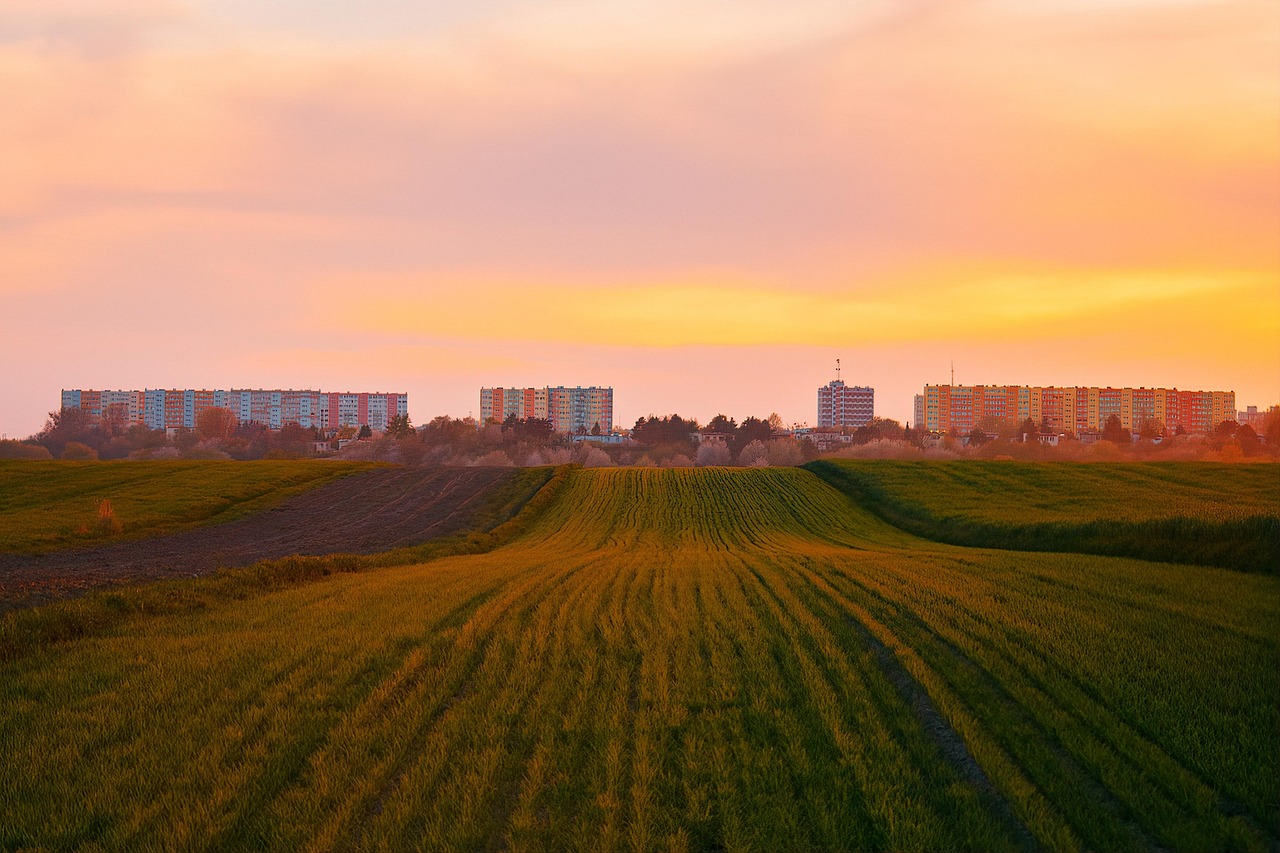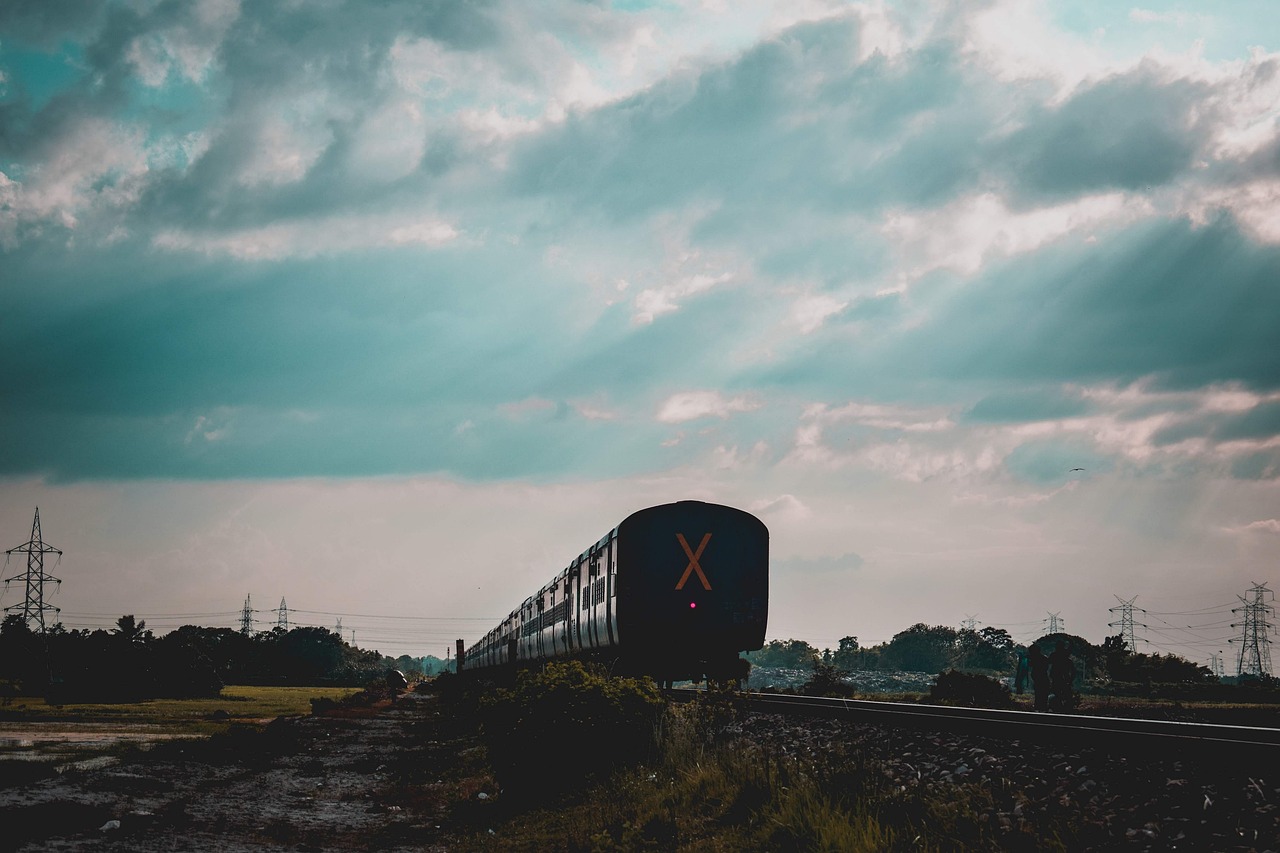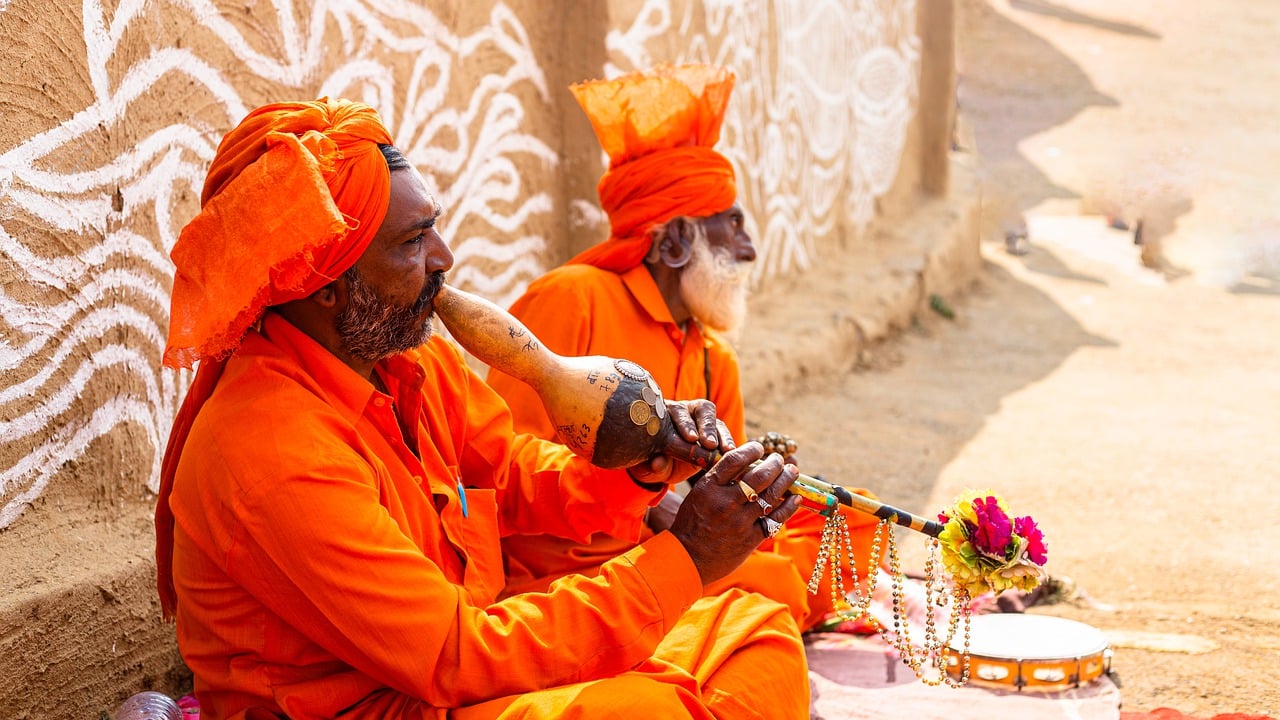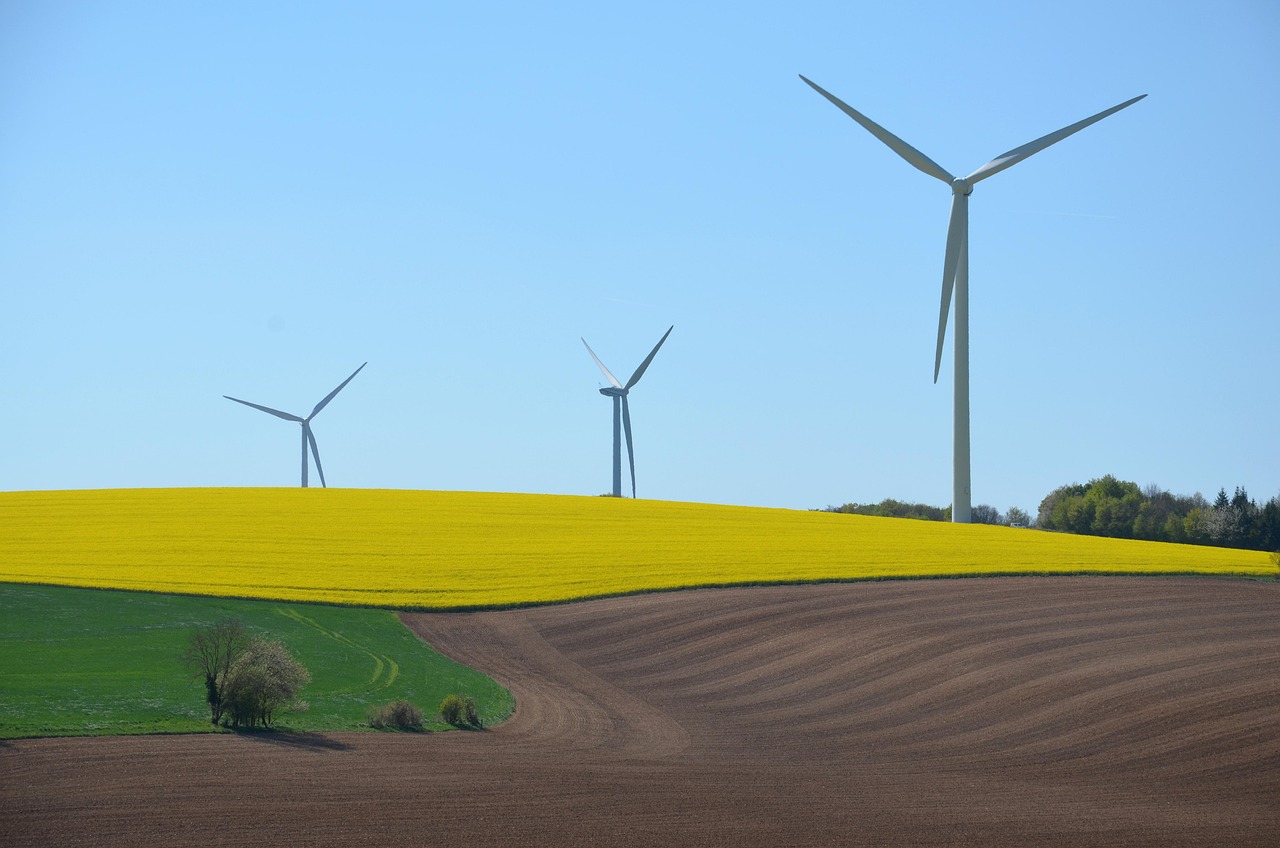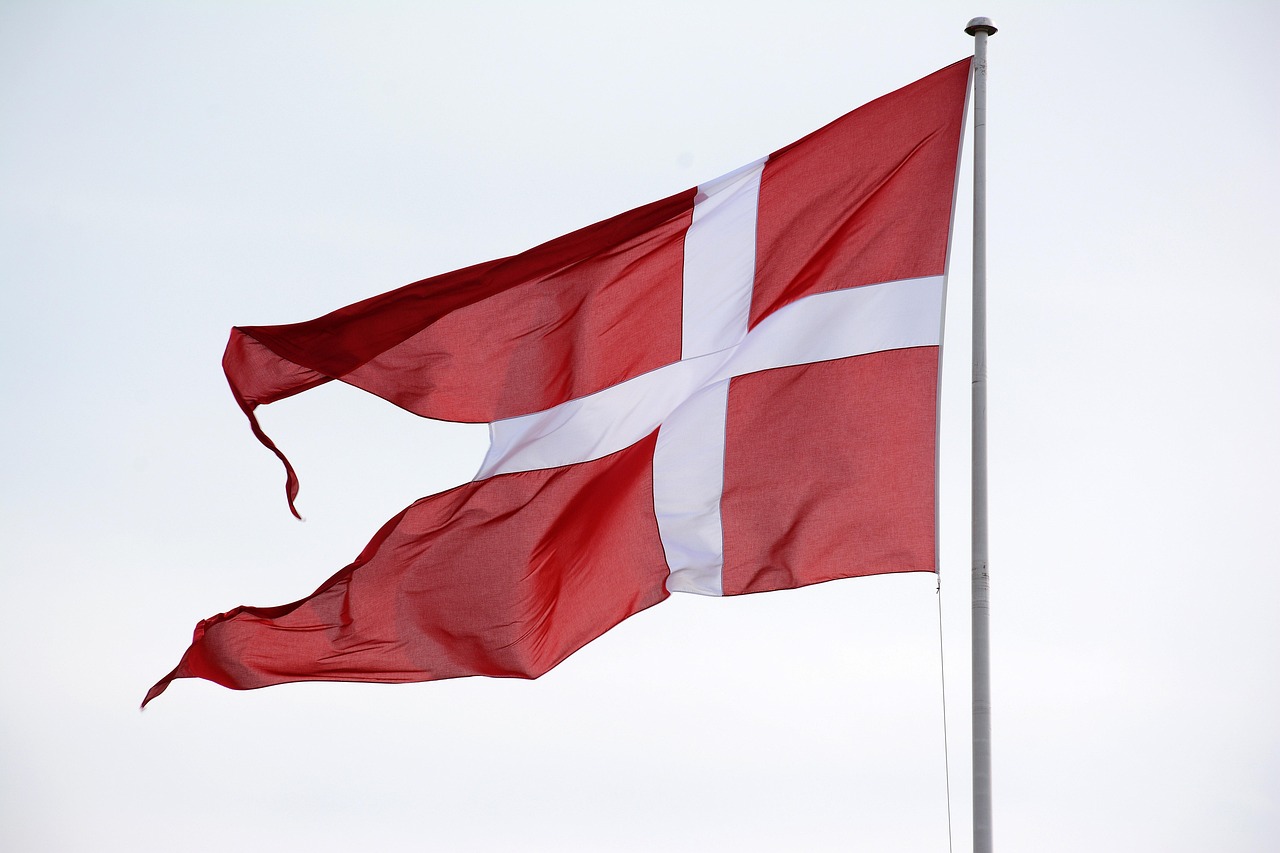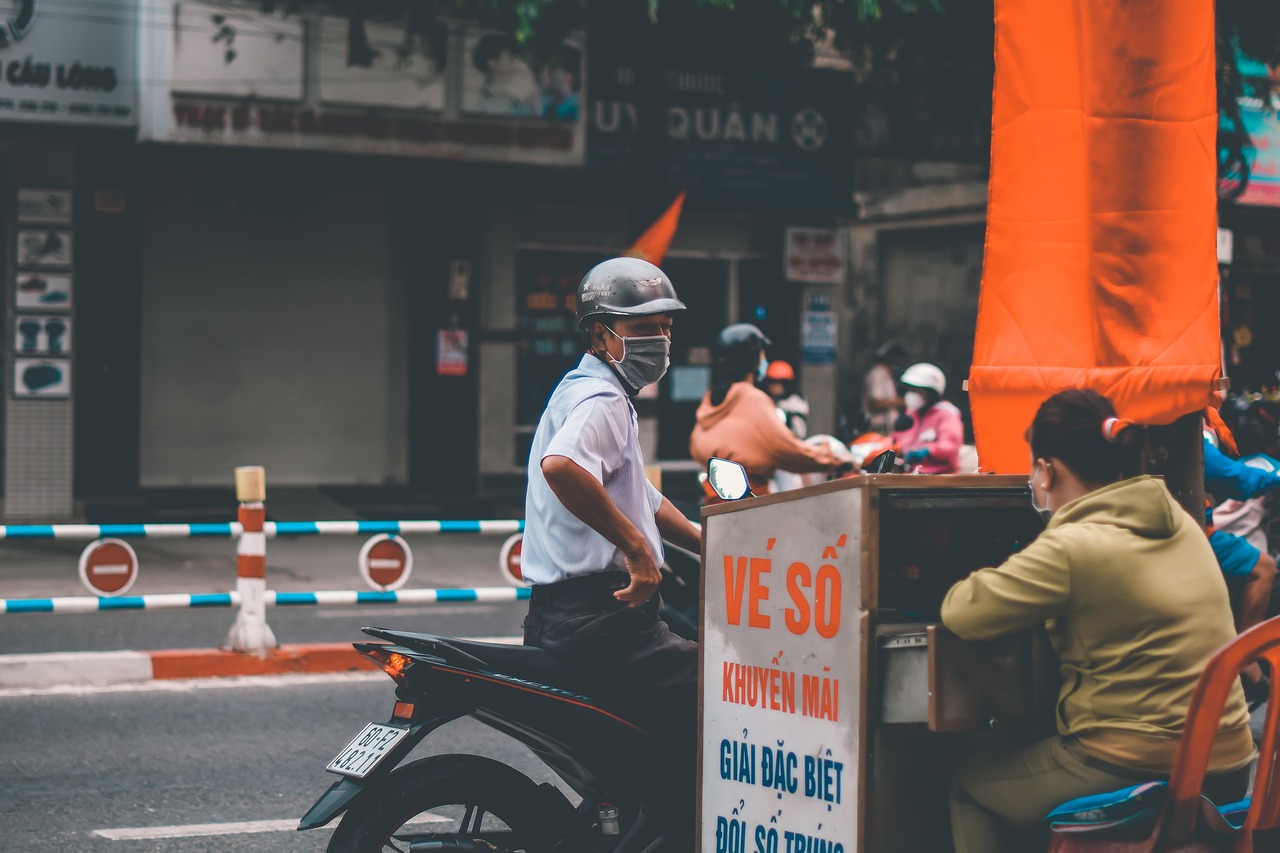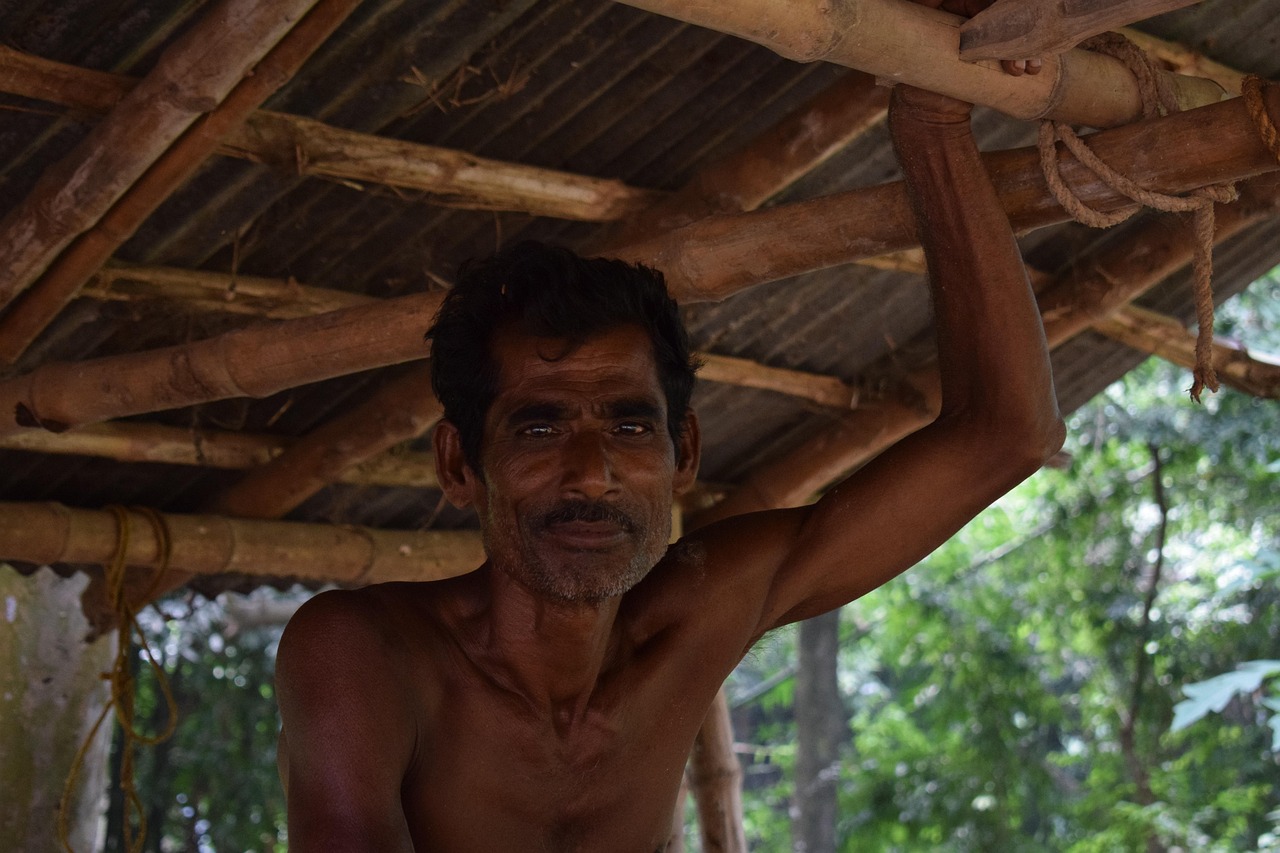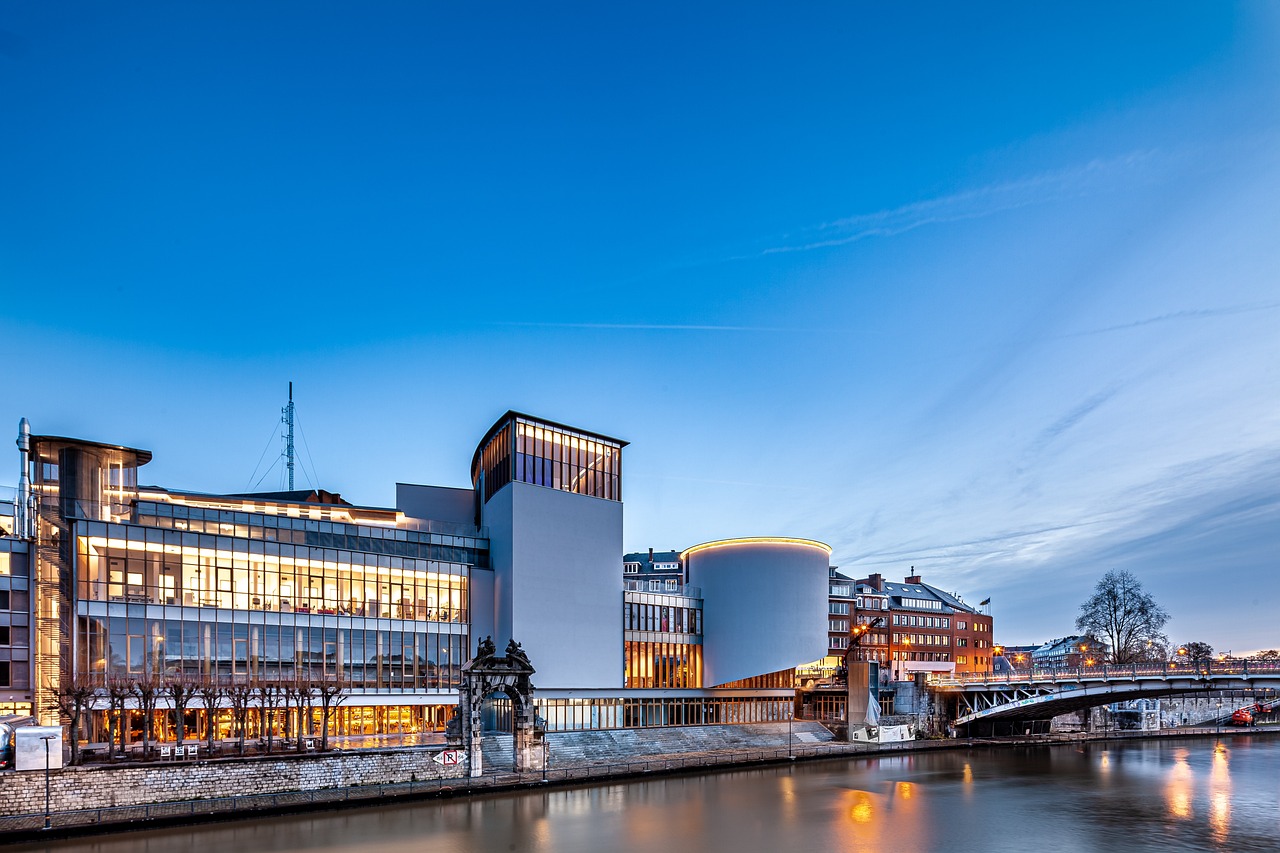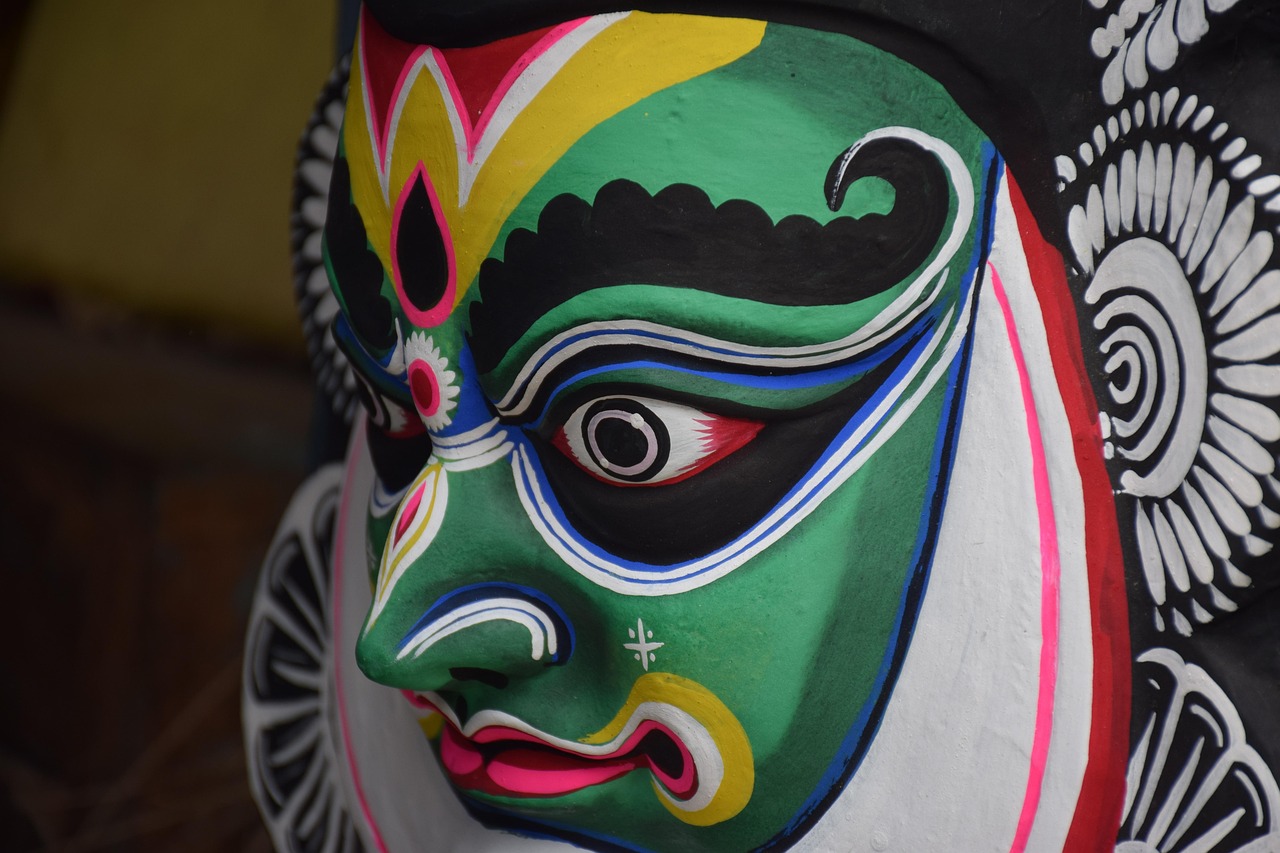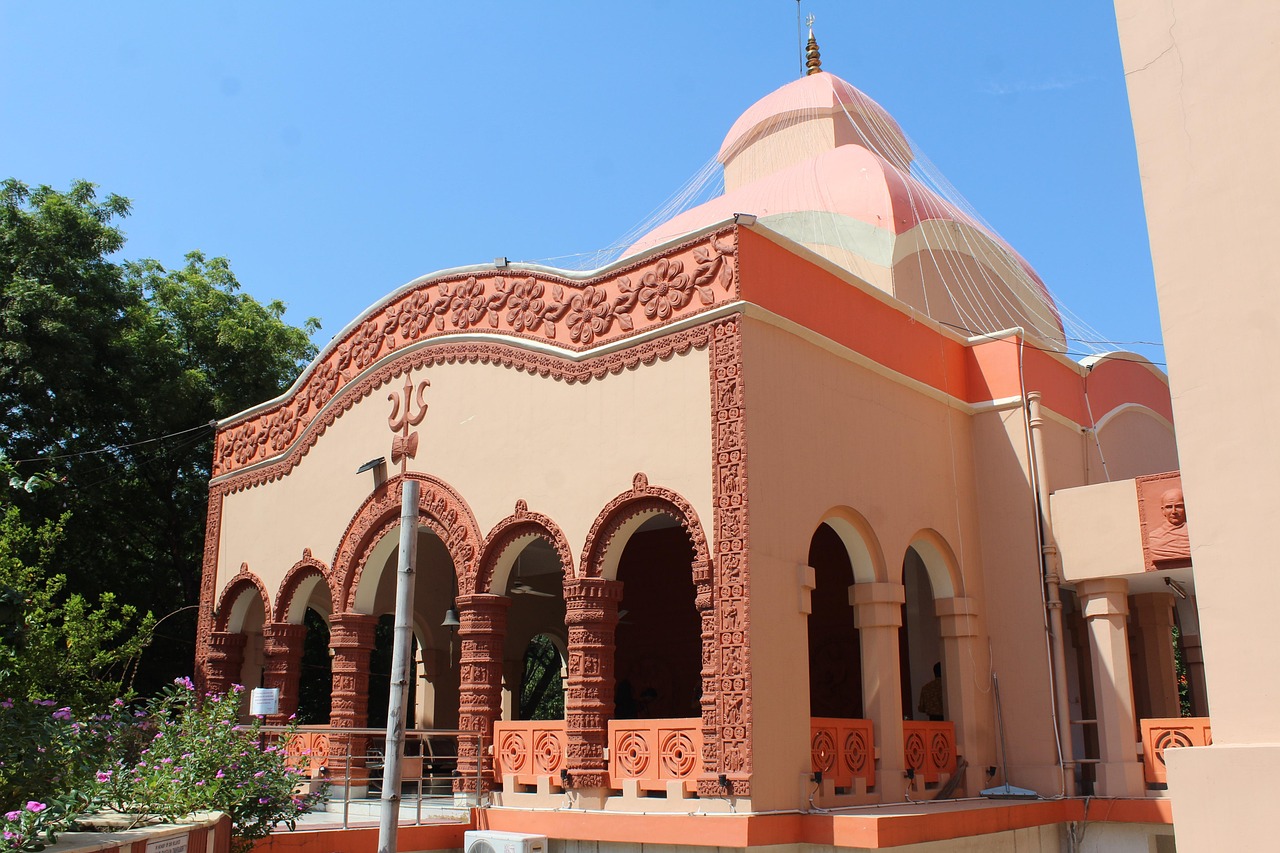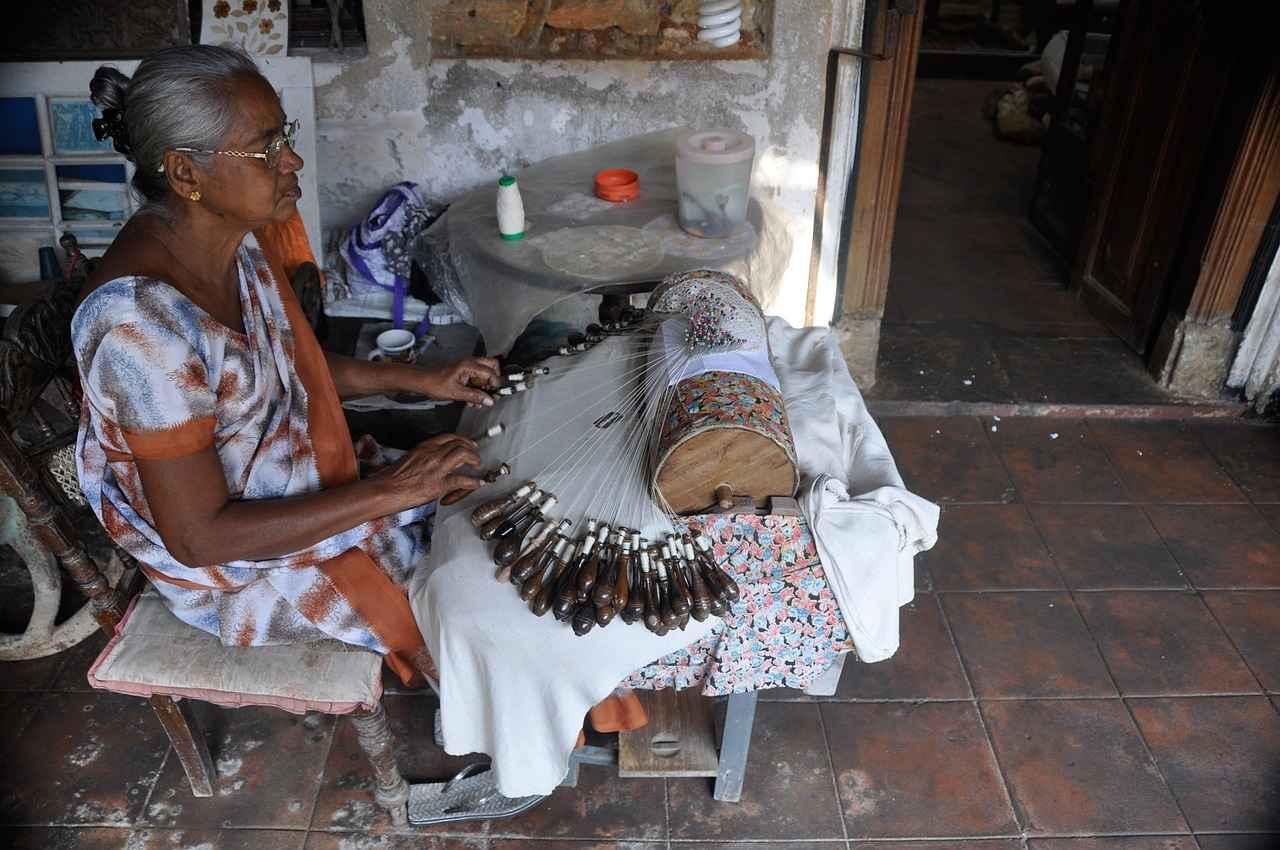This article delves into the leadership and vision of Mamata Banerjee, the Chief Minister of West Bengal. It highlights her policies, achievements, and aspirations for the state’s future, providing a comprehensive overview of her impact on the region.
Mamata Banerjee: A Brief Biography
Mamata Banerjee’s journey from a grassroots activist to the Chief Minister of West Bengal serves as an inspiring narrative. Born in Kolkata, she began her political career in the early 1980s and founded the Trinamool Congress in 1998, aiming to challenge the long-standing dominance of the Left Front in the state.
Political Milestones in Mamata’s Career
- Formation of the Trinamool Congress: The party emerged as a significant political force, advocating for the rights of the common people.
- Winning the 2011 State Elections: Her victory marked a pivotal change in West Bengal’s political landscape, emphasizing her ability to connect with voters.
Key Policies and Initiatives
Mamata Banerjee’s government has introduced various policies aimed at improving the lives of West Bengal’s citizens. Her initiatives focus on education, healthcare, and economic development, striving for a more equitable society.
Focus on Education and Healthcare
- Improvements in Educational Infrastructure: Under her leadership, numerous schools and colleges have been established, enhancing access to education.
- Healthcare Reforms: Initiatives such as ‘Swasthya Sathi’ have improved healthcare access for millions, ensuring better medical services across the state.
Economic Development Strategies
Mamata’s vision for economic development emphasizes job creation and industrial growth. Her administration has prioritized the promotion of small and medium enterprises (SMEs) and investment in infrastructure projects.
Challenges and Criticisms
Despite her achievements, Mamata Banerjee faces challenges, including political opposition and public criticism. Understanding these dynamics is essential for grasping her political landscape.
The Future of West Bengal Under Mamata Banerjee
Mamata Banerjee’s aspirations for West Bengal include sustainable development and enhanced social welfare programs. As she prepares for upcoming elections, her strategies will be crucial in securing continued support from the electorate.
Conclusion: Mamata Banerjee’s Legacy
Mamata Banerjee’s impact on West Bengal will resonate for years to come, as her policies and vision continue to shape the state’s future. Her leadership exemplifies a commitment to progress and inclusivity.
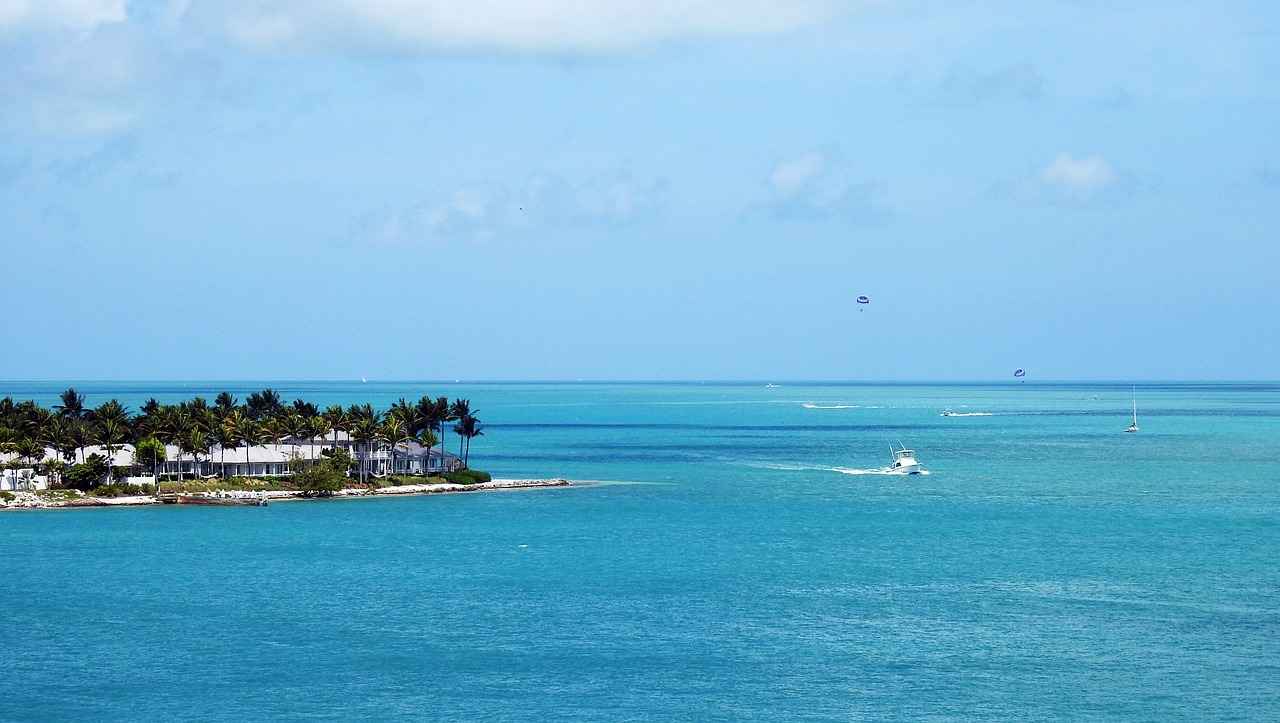
Mamata Banerjee: A Brief Biography
Mamata Banerjee, the current Chief Minister of West Bengal, has a remarkable story that embodies resilience and determination. Born on January 5, 1955, in Kolkata, she grew up in a modest family where her early experiences shaped her commitment to social justice and community service. Her journey from a grassroots activist to the highest political office in the state is a testament to her unwavering spirit and dedication to the people of West Bengal.
Banerjee’s political career began in the late 1970s when she joined the Indian National Congress. Her passion for politics was ignited by her desire to address the issues faced by the marginalized and underprivileged. Despite facing numerous obstacles, including gender bias in a male-dominated political landscape, she persevered and quickly became known for her strong advocacy for the rights of the poor and women.
In 1997, she founded the Trinamool Congress (TMC), a party that emerged as a significant political force aimed at challenging the long-standing dominance of the Communist Party in West Bengal. Her charisma and grassroots connections helped the TMC gain traction, culminating in her historic victory in the 2011 state elections. This victory marked a pivotal moment in West Bengal’s political history, as it ended 34 years of communist rule.
Throughout her tenure, Mamata Banerjee has focused on various initiatives aimed at improving education, healthcare, and infrastructure. Her government has introduced numerous welfare schemes that have positively impacted the lives of millions. Notably, her emphasis on women’s empowerment and social justice has resonated deeply with the electorate, further solidifying her position as a leader committed to inclusive governance.
As we look at Mamata Banerjee’s journey, it is evident that her life is not just a political narrative but a story of hope and empowerment for many in West Bengal. Her vision for the future continues to inspire countless individuals, making her a pivotal figure in Indian politics.

Political Milestones in Mamata’s Career
Examining the key events that shaped Mamata Banerjee’s political journey provides insight into her leadership style and the challenges she’s overcome on her path to power. Her career is marked by several significant milestones that reflect her resilience and commitment to the people of West Bengal.
- Grassroots Activism: Mamata’s political journey began with her involvement in grassroots activism. She was deeply influenced by the struggles of the common people, which laid the foundation for her future political endeavors.
- Formation of the Trinamool Congress: In 1998, Mamata founded the Trinamool Congress (TMC) as a response to the perceived failures of the Left Front government. This move was pivotal in her political career, establishing her as a formidable force in West Bengal politics.
- Challenging the Status Quo: Throughout her career, Mamata has faced significant opposition from established political parties. Her ability to challenge the status quo and advocate for the marginalized has been a defining characteristic of her leadership.
- 2011 State Elections Victory: The victory in the 2011 state elections was a watershed moment for Mamata. It marked the end of a 34-year-long Left Front rule in West Bengal, showcasing her ability to mobilize public support and implement effective campaign strategies.
- Policy Innovations: Post-2011, Mamata’s government introduced various policies aimed at improving social welfare, education, and healthcare, which have been crucial in shaping her political legacy.
These milestones not only highlight Mamata Banerjee’s political acumen but also her unwavering commitment to addressing the needs of the people of West Bengal. Her journey is a testament to her resilience in the face of challenges and her vision for a better future for her state.
Formation of the Trinamool Congress
The Trinamool Congress (TMC) party, founded in 1998 by Mamata Banerjee, emerged as a response to the political landscape of West Bengal, characterized by long-standing dominance by the Communist Party of India (Marxist). The formation of TMC was driven by the need for a party that could represent the voices of the marginalized and provide a platform for progressive change.
Initially, the party’s objectives were clear: to promote democracy, development, and social justice. Mamata Banerjee aimed to address the grievances of the common people, particularly in rural areas, where issues such as poverty, unemployment, and lack of infrastructure were rampant. The TMC sought to create a political environment that prioritized the welfare of the people over bureaucratic interests.
In its early days, the Trinamool Congress faced significant challenges, including fierce opposition from established political entities. However, through grassroots mobilization and a focus on local issues, the party began to gain traction. The TMC’s ability to connect with the electorate on a personal level, coupled with its promises of change, allowed it to carve a niche in the political arena of West Bengal.
By the early 2000s, TMC had solidified its position as a formidable political force. The party’s campaign strategies emphasized the importance of inclusive governance and the need for a government that truly represented the interests of the people. This resonated particularly well with the youth and the underprivileged sections of society.
In conclusion, the formation of the Trinamool Congress marked a significant turning point in West Bengal’s political history. With its focus on social justice and development, the TMC emerged not just as a political party but as a movement aimed at transforming the socio-economic landscape of the state.
Initial Challenges and Successes
Mamata Banerjee’s political journey has been marked by a series of significant challenges and remarkable successes. In the early stages of her career, she faced intense opposition from established political parties, particularly the Indian National Congress and the Communist Party of India (Marxist). These parties had a stronghold in West Bengal, making it difficult for newcomers like Mamata to gain traction.
Despite these obstacles, Mamata’s determination and grassroots activism played a crucial role in her ascent. She began her political career as a member of the Congress party, where she quickly became known for her fearlessness and advocacy for the marginalized. However, her vision for change led her to establish the Trinamool Congress in 1998, a move that would redefine the political landscape of West Bengal.
In the face of adversity, Mamata’s ability to connect with the common people and her relentless pursuit of justice earned her a loyal following. Her early campaigns focused on issues such as farmers’ rights, women’s empowerment, and social justice, which resonated deeply with the electorate. This grassroots support was instrumental in her eventual success.
The turning point in her career came in 2011 when she led the Trinamool Congress to a historic victory in the state assembly elections, ending the 34-year rule of the Left Front. This success was not just a personal triumph for Mamata, but a significant shift in the political dynamics of West Bengal. She became the first woman to hold the office of Chief Minister in the state, symbolizing a new era of governance.
In conclusion, Mamata Banerjee’s early challenges were formidable, but her resilience and vision for a better West Bengal enabled her to overcome these hurdles and achieve notable successes. Her journey serves as an inspiration for many aspiring leaders across the nation.
Winning the 2011 State Elections
The victory in the 2011 state elections was a pivotal moment in the political landscape of West Bengal, heralding a new era under the leadership of Mamata Banerjee. This section delves into the various factors that contributed to her remarkable success and the profound implications it had for the state and its citizens.
One of the primary factors behind Mamata Banerjee’s victory was her ability to connect with the grassroots population. Throughout her campaign, she emphasized the need for change, positioning herself as a champion for the common people. Her relentless focus on issues such as employment, education, and healthcare resonated deeply with voters who had long been disillusioned with the previous administration.
Additionally, her political strategy involved forming a broad coalition that united various disenfranchised groups. By appealing to a diverse electorate, including youth, women, and marginalized communities, Mamata was able to galvanize support across different demographics. This coalition-building was crucial in a state where traditional party loyalties often dictated voting patterns.
Moreover, the campaign was marked by a strong emphasis on social justice and economic development. Mamata Banerjee’s promises of better governance and transparency in administration struck a chord with voters who were eager for reform. Her vision for West Bengal included a focus on infrastructure development and job creation, which were critical issues for many constituents.
The implications of her victory were significant. Not only did it signify a shift in power dynamics within West Bengal, but it also inspired a wave of political activism and engagement among the populace. Mamata’s administration was seen as a beacon of hope, demonstrating that change was possible through democratic processes.
In conclusion, the 2011 state elections were not just a personal triumph for Mamata Banerjee; they represented a broader movement towards progressive governance in West Bengal. Her success has had lasting effects on the political landscape, encouraging future generations to participate actively in shaping their governance.
Key Policies and Initiatives
Mamata Banerjee’s administration has launched a variety of policies aimed at enhancing the quality of life for the citizens of West Bengal. These initiatives span across multiple sectors, addressing critical issues such as education, healthcare, and economic development.
One of the cornerstone initiatives is the Kanyashree Prakalpa, a scheme designed to empower young women through financial assistance for education. This program not only aims to reduce dropout rates among girls but also encourages families to invest in their daughters’ futures. Since its inception, it has positively impacted millions, leading to a significant increase in female literacy rates.
In the realm of healthcare, the Swasthya Sathi scheme has been a game-changer. It provides health insurance to low-income families, ensuring they have access to necessary medical services without the burden of exorbitant costs. This initiative has improved healthcare accessibility and reduced the financial strain on families during medical emergencies.
Furthermore, Mamata Banerjee’s government has prioritized infrastructure development through the Bangla Sahayata Kendra, which aims to streamline government services and promote transparency. This initiative has made it easier for citizens to access various government services, enhancing efficiency and reducing bureaucratic hurdles.
Additionally, the government has implemented policies to support small and medium enterprises (SMEs). The West Bengal Startup Policy promotes innovation and entrepreneurship, providing financial incentives and support to budding businesses. This has spurred economic growth and job creation across the state.
Overall, Mamata Banerjee’s initiatives reflect her commitment to fostering sustainable development and improving the lives of West Bengal’s citizens. Her government continues to adapt and evolve, addressing the needs of the populace while striving for a brighter future.
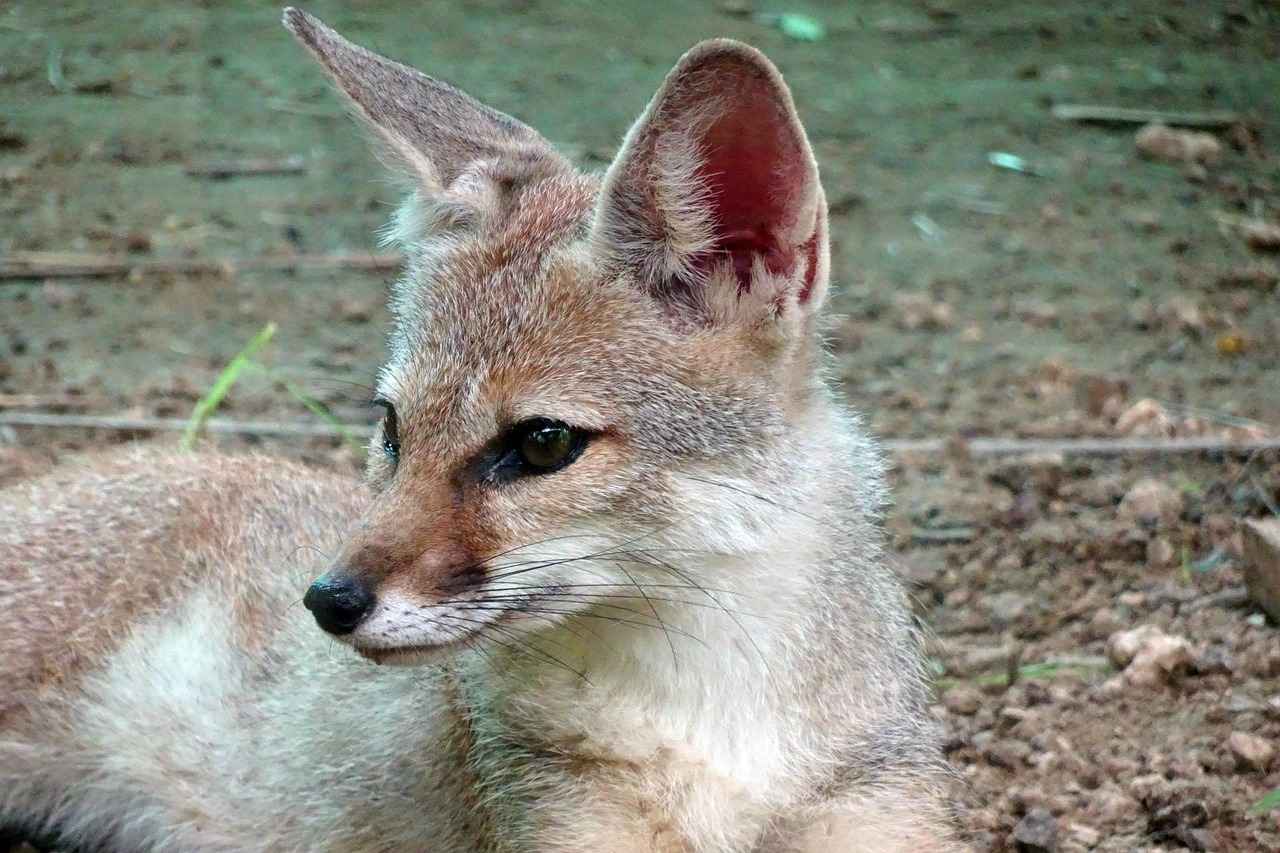
Focus on Education and Healthcare
In the realm of governance, education and healthcare are two critical pillars that significantly influence the overall development of a state. Under the leadership of Mamata Banerjee, West Bengal has witnessed transformative initiatives aimed at enhancing these sectors. This section delves into the various programs and policies implemented by her administration, highlighting their importance for the state’s progress.
One of the primary objectives of Mamata’s government has been to ensure that every child in West Bengal has access to quality education. To achieve this, several measures have been introduced:
- Infrastructure Development: The government has invested in building new schools and upgrading existing facilities, ensuring a conducive learning environment for students.
- Scholarship Programs: Initiatives such as scholarships for underprivileged students have been launched to encourage higher education and reduce dropout rates.
- Digital Learning: The introduction of digital classrooms and online learning platforms has made education more accessible, especially during challenging times like the COVID-19 pandemic.
Healthcare is another area where Mamata Banerjee has made significant strides. Her administration has prioritized public health through:
- Universal Health Coverage: The government has implemented schemes to provide free healthcare services to the economically weaker sections of society.
- Strengthening Healthcare Infrastructure: Investments have been made to improve hospitals and healthcare facilities, ensuring better medical services across the state.
- Awareness Campaigns: Public health campaigns focusing on preventive care and hygiene have been launched to educate citizens about health issues.
The initiatives in education and healthcare not only reflect Mamata Banerjee’s commitment to the welfare of the citizens but also serve as a foundation for sustainable development in West Bengal. By prioritizing these sectors, her government aims to create a more educated and healthier population, ultimately contributing to the state’s growth and prosperity.
Improvements in Educational Infrastructure
Under the visionary leadership of Mamata Banerjee, West Bengal has witnessed significant advancements in educational infrastructure. Her administration has prioritized education as a fundamental pillar for the state’s development, leading to the establishment of numerous new schools and innovative educational programs.
One of the most notable achievements has been the construction of over 1,000 new schools across both urban and rural areas, ensuring that quality education is accessible to all children, regardless of their geographical location. These schools are equipped with modern facilities, including libraries, science laboratories, and digital classrooms, which enhance the learning experience.
Moreover, the introduction of specialized educational programs, such as skill development initiatives and vocational training, has been pivotal in preparing students for the job market. These programs focus on practical skills, enabling students to gain hands-on experience and improve their employability upon graduation.
In addition to new constructions, the government has also invested in upgrading existing schools. This includes renovating old buildings, improving sanitation facilities, and providing essential learning materials. The aim is to create a conducive learning environment that fosters academic excellence.
To further support these initiatives, Mamata’s government has partnered with various NGOs and educational institutions to implement innovative teaching methods and curricula. This collaboration has led to the introduction of digital learning platforms, which have become especially vital during the pandemic, ensuring that education continues uninterrupted.
Overall, the improvements in educational infrastructure under Mamata Banerjee’s leadership have not only enhanced the quality of education in West Bengal but have also empowered the youth, paving the way for a brighter future for the state.
Healthcare Reforms and Initiatives
Mamata Banerjee’s healthcare reforms have significantly transformed the medical landscape in West Bengal. Her administration has prioritized public health, implementing a series of initiatives aimed at making healthcare accessible and affordable for all citizens. This section outlines some of the key reforms and their impact on the state’s healthcare system.
- Universal Health Coverage: One of the most ambitious initiatives has been the introduction of universal health coverage, which aims to provide essential medical services to every resident of West Bengal. This coverage includes hospitalization, outpatient services, and emergency care.
- Strengthening Primary Healthcare: The government has focused on enhancing primary healthcare facilities by upgrading existing health centers and establishing new ones, especially in rural areas. This initiative ensures that basic healthcare services are within reach of the underserved populations.
- Health Insurance Schemes: Various health insurance schemes have been launched to alleviate the financial burden on families. These schemes cover a wide range of medical expenses, thereby promoting timely medical intervention and reducing out-of-pocket expenditures.
- Telemedicine Services: In response to the growing need for accessible healthcare, especially during the pandemic, Mamata Banerjee’s government has expanded telemedicine services. This initiative allows patients to consult healthcare professionals from the comfort of their homes, ensuring continuity of care.
- Awareness Campaigns: The administration has also launched numerous health awareness campaigns focusing on preventive healthcare, nutrition, and hygiene. These campaigns aim to educate the public about healthy practices and disease prevention.
In conclusion, Mamata Banerjee’s healthcare reforms have laid a strong foundation for a healthier West Bengal. By focusing on accessibility, affordability, and education, her government is working towards a comprehensive healthcare system that meets the needs of all citizens.

Economic Development Strategies
Mamata Banerjee’s vision for economic development is centered on creating jobs and boosting industries across West Bengal. Her administration has implemented a range of strategies aimed at fostering economic growth, which have shown varying degrees of effectiveness.
One of the key components of Mamata’s economic strategy is the promotion of small and medium enterprises (SMEs). Recognizing that SMEs are vital for job creation, her government has introduced several initiatives to support these businesses. This includes providing financial assistance, simplifying regulatory requirements, and facilitating access to markets. As a result, many local entrepreneurs have been empowered to start and expand their businesses, contributing to the state’s overall economic dynamism.
Additionally, Mamata’s administration has prioritized investment in infrastructure projects. Major initiatives, such as improving transportation networks and enhancing digital connectivity, are aimed at creating a more conducive environment for businesses to thrive. For instance, the development of new roads and highways has improved logistics for industries, making it easier to transport goods and services across the state.
| Infrastructure Project | Expected Benefits |
|---|---|
| New Highway Construction | Enhanced trade and reduced transportation costs |
| Digital Connectivity Initiatives | Increased access to online markets and services |
Furthermore, Mamata has focused on attracting foreign investment to West Bengal. By creating a favorable business climate through incentives and support mechanisms, her government has successfully lured several multinational companies to set up operations in the state. This influx of investment not only creates jobs but also stimulates local economies.
However, the effectiveness of these strategies has faced scrutiny. Critics argue that while there have been successes, challenges such as bureaucratic hurdles and political opposition continue to hinder progress. Addressing these issues will be crucial for Mamata’s vision to fully materialize.
In conclusion, Mamata Banerjee’s economic development strategies reflect a comprehensive approach to boosting industries and creating jobs. While there are notable achievements, ongoing challenges must be addressed to ensure sustainable growth and prosperity for the people of West Bengal.
Promotion of Small and Medium Enterprises
Supporting small and medium enterprises (SMEs) is essential for fostering economic growth in West Bengal. The government under Chief Minister Mamata Banerjee has implemented several progressive policies aimed at empowering SMEs, recognizing their vital role in job creation and innovation.
One of the cornerstone initiatives is the West Bengal MSME Policy, which provides a comprehensive framework for the development of small and medium businesses. This policy focuses on several key areas:
- Financial Assistance: The government offers various financial schemes, including low-interest loans, grants, and subsidies, to help SMEs access the capital they need for growth.
- Skill Development: Recognizing that a skilled workforce is crucial for SMEs, the government has launched training programs to enhance the skills of workers, ensuring they meet industry demands.
- Market Access: Initiatives to facilitate market access for SMEs include participation in trade fairs, exhibitions, and online platforms, allowing these businesses to showcase their products and connect with potential customers.
- Infrastructure Support: The establishment of industrial parks and clusters specifically designed for SMEs provides the necessary infrastructure to foster growth and collaboration among businesses.
Moreover, the government has introduced tax incentives for SMEs, reducing their financial burden and encouraging reinvestment into their businesses. This approach not only stimulates local economies but also contributes to the overall development of the state.
In addition, Mamata Banerjee’s administration emphasizes entrepreneurial support through various incubation centers and mentorship programs. These initiatives aim to nurture new startups, providing them with the guidance and resources needed to thrive in competitive markets.
Overall, the promotion of SMEs is a strategic priority for Mamata Banerjee’s government, reflecting a commitment to sustainable economic development in West Bengal. By empowering these enterprises, the state aims to create a robust economic environment that benefits all citizens.
Investment in Infrastructure Projects
Infrastructure development is a critical priority for Mamata Banerjee’s administration, reflecting her commitment to transforming West Bengal into a hub of economic activity. This section reviews major infrastructure projects initiated under her leadership and their anticipated benefits for the state’s economy.
Over the past few years, several key projects have been launched, aiming to enhance connectivity, boost trade, and stimulate job creation. The following are some of the most significant initiatives:
| Project Name | Description | Expected Benefits |
|---|---|---|
| Diamond Harbour Development | Enhancing port facilities and tourism infrastructure. | Increased trade and tourism, job creation. |
| Kolkata Metro Expansion | Extending metro services to underserved areas. | Improved public transport, reduced traffic congestion. |
| Rural Road Connectivity | Upgrading rural roads to improve access. | Boost to agriculture, better market access for farmers. |
The Kolkata Metro Expansion is particularly noteworthy as it not only aims to ease the daily commute for millions but also serves as a catalyst for economic growth in surrounding areas. By making transportation more efficient, the government anticipates a surge in commercial activities, thereby enhancing the overall economic landscape of West Bengal.
Furthermore, the Rural Road Connectivity initiative underscores the administration’s focus on inclusive growth. By upgrading rural infrastructure, the government seeks to empower farmers and small businesses, ensuring that economic benefits reach every corner of the state.
Overall, these infrastructure projects are expected to play a pivotal role in stimulating West Bengal’s economy. As Mamata Banerjee continues to champion development, the long-term impacts of these investments will likely resonate throughout the state for years to come.

Challenges and Criticisms
Despite her numerous achievements as the Chief Minister of West Bengal, Mamata Banerjee has encountered a myriad of challenges and criticisms throughout her tenure. This section delves into the significant issues her government has faced, highlighting the complexities of governance in a politically vibrant state.
- Political Opposition: Mamata’s leadership has been met with fierce opposition from rival political parties. The Bharatiya Janata Party (BJP) and the Left Front have often criticized her policies, claiming they are ineffective and detrimental to the state’s progress. This political rivalry has led to a contentious atmosphere, complicating her administration’s efforts to implement reforms.
- Controversial Policies: Some of Mamata’s policies, particularly in the areas of land acquisition and industrialization, have sparked significant controversy. Critics argue that these policies favor corporate interests over the welfare of local communities, leading to protests and public dissent.
- Public Services and Infrastructure: While Mamata has made strides in improving education and healthcare, there have been ongoing criticisms regarding the quality and accessibility of public services. Issues such as inadequate infrastructure and delays in project implementations have raised concerns among citizens about the effectiveness of her governance.
- Corruption Allegations: Allegations of corruption within her government have surfaced, leading to questions about transparency and accountability. These allegations have tarnished her image and fueled opposition narratives against her administration.
- Public Sentiment: The perception of Mamata Banerjee among the electorate has been mixed. While she enjoys substantial support from certain demographics, discontent has grown among others who feel that their needs are not being adequately addressed. This dichotomy poses a challenge as she prepares for future elections.
In conclusion, while Mamata Banerjee has made significant contributions to West Bengal, the challenges and criticisms she faces are indicative of the complex political landscape in which she operates. Addressing these issues will be crucial for her continued leadership and the state’s future development.
Political Opposition and Controversies
Mamata Banerjee’s tenure as the Chief Minister of West Bengal has been marked by a series of political challenges and controversies that have shaped her leadership. Despite her significant achievements, she has faced strong opposition from rival political parties, particularly the Bharatiya Janata Party (BJP) and the Left Front. This section delves into the key controversies and challenges that have defined her political landscape.
- Electoral Rivalry: The fierce competition in state elections has often led to heated exchanges between Mamata’s Trinamool Congress (TMC) and opposition parties. The BJP, in particular, has aggressively campaigned against Mamata, questioning her governance and policies.
- Allegations of Corruption: Throughout her tenure, Mamata has been accused of corruption and mismanagement. These allegations have been a focal point for her opponents, who argue that her administration has not been transparent.
- Law and Order Issues: The rise in political violence and unrest during election season has raised concerns about law and order in the state. Critics argue that Mamata’s government has not done enough to maintain peace and security.
- Handling of Protests: Mamata’s government has faced backlash for its handling of protests, particularly those related to the Citizenship Amendment Act (CAA) and the National Register of Citizens (NRC). Her response to dissent has been scrutinized, with opponents claiming that her administration has suppressed free speech.
Despite these challenges, Mamata Banerjee has remained a resilient leader, often using her political acumen to navigate through turbulent waters. Her ability to rally support from the grassroots level continues to play a crucial role in her political strategy.
In conclusion, while Mamata’s tenure has been fraught with controversies and political opposition, her leadership style and commitment to her constituents have allowed her to maintain a significant presence in West Bengal politics.
Public Perception and Support
Public perception plays a critical role in shaping political landscapes, especially in a diverse state like West Bengal. Understanding how Mamata Banerjee’s policies resonate with the citizens is essential for evaluating her governance and future electoral prospects.
Over the years, Mamata Banerjee has implemented a range of policies aimed at improving the lives of West Bengal’s residents. From education reforms to healthcare initiatives, her administration has sought to address pressing issues that affect the populace. However, the public’s reception of these policies has been mixed, reflecting a complex interplay of support and criticism.
- Positive Reception: Many citizens appreciate Mamata’s focus on social welfare programs, which have provided essential services to marginalized communities. Initiatives like the Kanyashree scheme, aimed at empowering young girls through education and financial support, have garnered significant praise.
- Healthcare Improvements: The government’s efforts to enhance healthcare facilities, particularly during the COVID-19 pandemic, have also been well-received. The establishment of new hospitals and the expansion of existing services have contributed to a perception of increased accessibility to medical care.
- Economic Initiatives: Mamata’s strategies to promote small and medium enterprises (SMEs) have been viewed favorably, as they aim to stimulate local economies and create job opportunities.
However, not all feedback has been positive. Critics argue that certain policies lack effective implementation, leading to disillusionment among the citizens. Issues such as corruption allegations and the handling of political dissent have raised questions about the transparency and accountability of her government.
In conclusion, while Mamata Banerjee’s policies have been met with both support and criticism, understanding public perception remains crucial for her political future. As West Bengal approaches upcoming elections, the ability to address the concerns of her constituents will be vital in maintaining their trust and support.
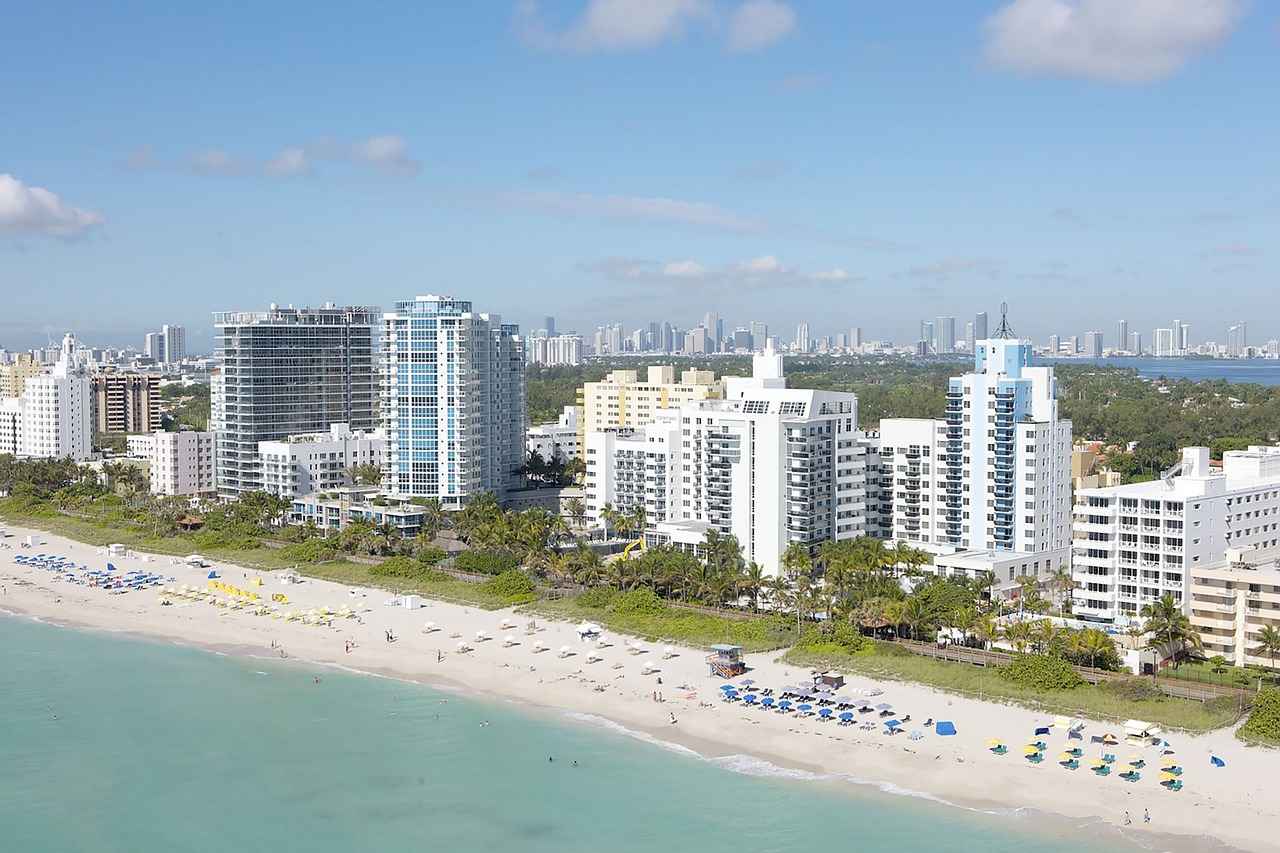
The Future of West Bengal Under Mamata Banerjee
Mamata Banerjee’s vision for the future of West Bengal is not just ambitious; it is transformative. As the Chief Minister, she has laid out a comprehensive roadmap that aims to propel the state into a new era of growth and development.
One of the key aspects of her vision is to focus on sustainable development. This includes initiatives aimed at promoting renewable energy, enhancing urban infrastructure, and ensuring that economic growth does not come at the cost of environmental degradation. By investing in green technologies, Mamata aims to create a model for other states to follow.
In the realm of education, Mamata Banerjee has pledged to improve access to quality education for all. Her government plans to expand vocational training programs and enhance the curriculum in schools to better prepare students for the challenges of the future. This initiative is vital for equipping the youth with the necessary skills to thrive in a competitive job market.
Healthcare remains a cornerstone of her administration. Mamata’s vision includes further reforms to ensure that every citizen has access to affordable and quality healthcare services. This involves upgrading existing facilities, increasing the number of medical professionals, and implementing health awareness programs to educate the public on preventive care.
Furthermore, economic development is at the forefront of her plans. Mamata aims to attract investments by creating a business-friendly environment. This includes simplifying regulations and providing incentives for businesses to set up in West Bengal. The focus on small and medium enterprises (SMEs) is particularly crucial, as they are expected to drive job creation and innovation.
In conclusion, Mamata Banerjee’s vision for West Bengal is a holistic approach that encompasses education, healthcare, environmental sustainability, and economic growth. Her aspirations for the state reflect a commitment to building a prosperous and inclusive future for all citizens.
Long-term Goals and Vision
Mamata Banerjee’s Long-term Goals and Vision for West Bengal
Mamata Banerjee, the Chief Minister of West Bengal, possesses a vision that seeks to transform the state into a model of sustainability, development, and social welfare. Her long-term goals are not just about immediate political gains but focus on creating a better future for all citizens of West Bengal.
One of her primary objectives is to promote sustainable development. This involves integrating environmental considerations into the planning and execution of various projects. Mamata aims to harness renewable energy sources, reduce carbon footprints, and protect natural resources, ensuring that economic growth does not come at the expense of the environment.
In addition to sustainability, Mamata Banerjee emphasizes economic development. She envisions a West Bengal where industries thrive, creating numerous job opportunities for the youth. Her administration has been actively working to attract investments, particularly in sectors such as technology, manufacturing, and tourism. By fostering a conducive business environment, Mamata aims to stimulate economic growth that benefits every strata of society.
Furthermore, Mamata’s vision includes a strong focus on social welfare. She is committed to implementing policies that address poverty alleviation, education, and healthcare reforms. Her government has launched various initiatives aimed at improving living standards, providing quality education, and ensuring access to affordable healthcare for all, particularly for marginalized communities.
To summarize, Mamata Banerjee’s long-term goals for West Bengal revolve around the principles of sustainability, robust economic development, and comprehensive social welfare. By prioritizing these areas, she aims to create a resilient and prosperous state that meets the needs of its citizens while safeguarding the environment for future generations.
Preparing for Upcoming Elections
As the electoral landscape in West Bengal evolves, Mamata Banerjee is gearing up for a significant political battle. With the elections approaching, her strategies and preparations will play a crucial role in determining the outcome. This section delves into her multifaceted approach to securing support and winning the upcoming electoral contest.
Mamata’s campaign strategy is built on a foundation of community engagement and grassroots mobilization. She understands the importance of reaching out to the electorate, listening to their concerns, and addressing their needs. Her team has been actively organizing rallies, town hall meetings, and door-to-door campaigns to connect with voters on a personal level.
In addition to grassroots efforts, Mamata is leveraging digital platforms to enhance her outreach. Social media campaigns have become an essential tool for communicating her vision and policies to a broader audience. By utilizing platforms like Facebook, Twitter, and Instagram, she aims to engage younger voters and those who are more active online.
Moreover, Mamata’s administration has been focusing on showcasing her government’s achievements. Highlighting successful policies in areas such as education, healthcare, and economic development will be central to her campaign narrative. By presenting tangible results, she hopes to reinforce her credibility and appeal to undecided voters.
Furthermore, building alliances with local leaders and influential community figures is a strategic move that Mamata is keen on pursuing. By fostering these relationships, she can enhance her support base and create a united front against opposition parties. This collaboration is crucial in a politically diverse state like West Bengal.
As Mamata Banerjee prepares for the upcoming elections, her focus on strategic planning, community engagement, and effective communication will be vital. The stakes are high, and her ability to navigate the political landscape will determine not only her future but also the trajectory of West Bengal.

Conclusion: Mamata Banerjee’s Legacy
Mamata Banerjee’s impact on West Bengal will resonate for generations. Her tenure as Chief Minister has been marked by significant achievements that have transformed the socio-economic landscape of the state. This concluding section aims to encapsulate her multifaceted contributions and set the stage for her future endeavors.
Throughout her political career, Banerjee has championed social justice, focusing on the welfare of marginalized communities. Her policies have sought to empower women, enhance educational opportunities, and improve healthcare access, which have collectively uplifted the living standards of many West Bengal residents.
- Infrastructure Development: Under her leadership, West Bengal has seen a surge in infrastructure projects, including new roads, bridges, and public transportation systems. These initiatives have not only improved connectivity but also stimulated economic growth.
- Economic Initiatives: Banerjee’s government has implemented various schemes to promote small and medium enterprises (SMEs), which are crucial for job creation. Her focus on local industries has fostered a vibrant economic environment.
- Education and Healthcare: Significant investments in educational institutions and healthcare facilities have been made, ensuring that citizens have access to quality services. Her initiatives in these sectors are pivotal for the state’s long-term development.
Despite facing challenges and criticisms from political opponents, Banerjee’s resilience and ability to connect with the electorate have solidified her position in West Bengal’s political landscape. Her grassroots approach and commitment to public service have earned her a loyal following.
As she looks to the future, Mamata Banerjee’s vision remains clear. She aims to continue her work towards a more sustainable and inclusive West Bengal. Her legacy is not only defined by her accomplishments but also by her unwavering dedication to the people of West Bengal. The coming years will be crucial as she prepares for future electoral challenges and strives to fulfill her ambitious goals for the state.
In conclusion, Mamata Banerjee’s legacy in West Bengal is profound and multifaceted. Her achievements have laid a strong foundation for future growth, and her ongoing commitment to the state’s development will undoubtedly shape West Bengal for years to come.
Frequently Asked Questions
- What are Mamata Banerjee’s key achievements as Chief Minister?
Mamata Banerjee has made significant strides in various sectors, including education, healthcare, and infrastructure. Her government has introduced numerous initiatives aimed at improving educational facilities, enhancing public health services, and promoting economic development through infrastructure projects.
- How has Mamata Banerjee impacted education in West Bengal?
Under Mamata’s leadership, West Bengal has seen substantial improvements in educational infrastructure. New schools have been established, and various educational programs have been launched to ensure that students receive quality education, thereby preparing them for the future.
- What initiatives has Mamata Banerjee introduced in healthcare?
Mamata Banerjee has implemented several healthcare reforms aimed at making medical services more accessible and efficient. Key initiatives include the expansion of healthcare facilities and the introduction of health schemes to provide affordable care to the citizens of West Bengal.
- How does Mamata Banerjee support small and medium enterprises?
Mamata’s government has launched various policies to empower small and medium enterprises (SMEs), recognizing their crucial role in economic growth. These initiatives include financial support, skill development programs, and creating a favorable business environment.
- What challenges does Mamata Banerjee face in her political career?
Despite her achievements, Mamata Banerjee encounters political opposition and controversies. Rival parties often challenge her policies, and public perception varies, making it essential for her to navigate these challenges effectively to maintain support.
- What are Mamata Banerjee’s future plans for West Bengal?
Mamata Banerjee envisions a sustainable and developed West Bengal. Her long-term goals focus on enhancing social welfare, promoting economic growth, and ensuring that the benefits of development reach every citizen in the state.




